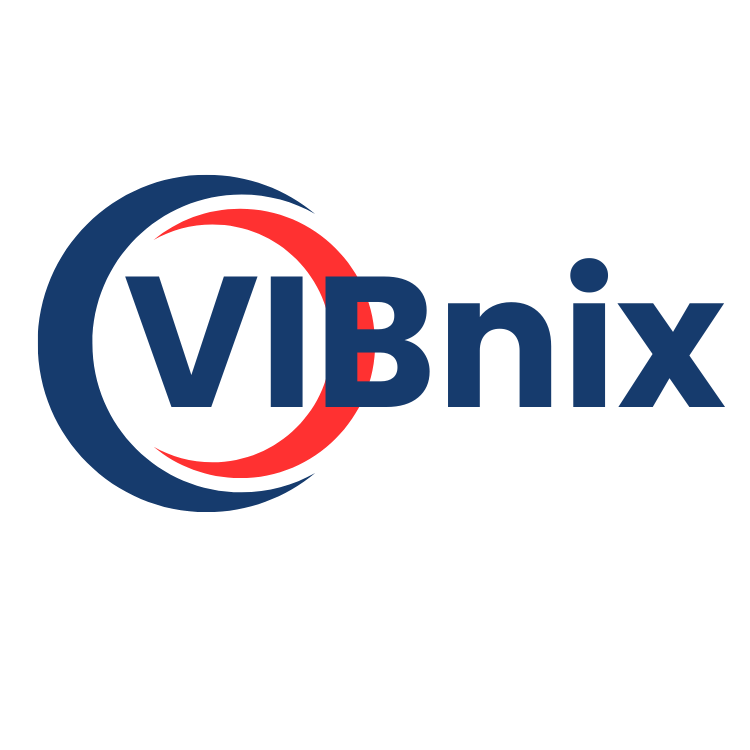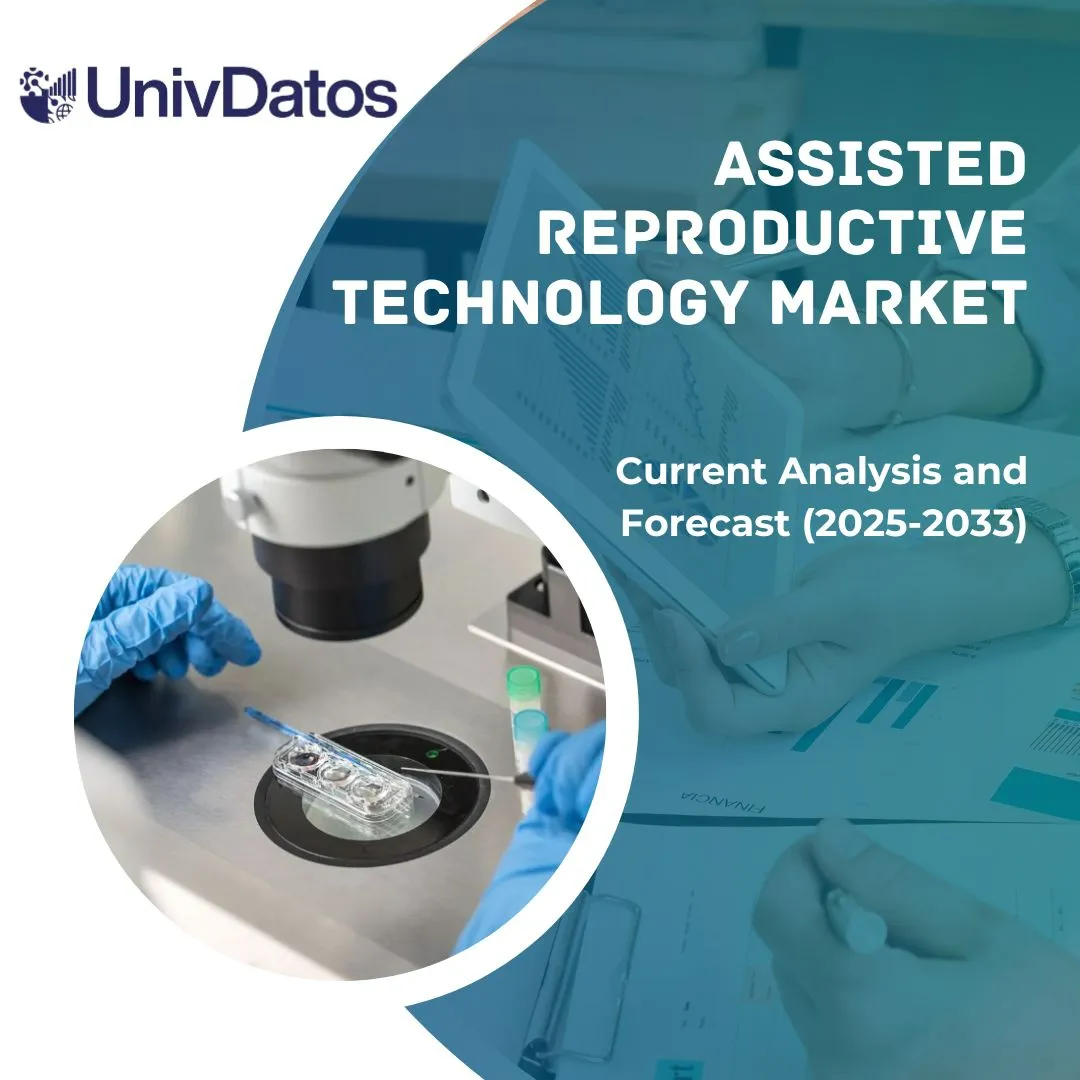Career Opportunities After ISO 31000 Certification
In today’s fast-evolving business landscape, organizations face various uncertainties that can disrupt operations and impact long-term sustainability. To effectively manage these risks, companies seek professionals trained in structured risk management frameworks—making ISO 31000 certification a powerful asset for career advancement. If you're considering ISO 31000 training, here's a detailed look at the career opportunities it opens up.
What is ISO 31000 Certification?
ISO 31000 is an international standard that provides guidelines, principles, and a framework for managing risk effectively. It’s not industry-specific, which means professionals across sectors can benefit from this certification. Whether you're in finance, healthcare, manufacturing, energy, or IT—understanding risk is essential.
An ISO 31000 certification signifies that you possess the skills and knowledge to identify, assess, and mitigate risks using globally recognized standards. This certification is ideal for professionals involved in strategy, compliance, internal audit, operations, and project management.
High-Demand Career Paths After ISO 31000 Certification
1. Risk Manager
One of the most obvious and in-demand roles after ISO 31000 training is that of a Risk Manager. These professionals are responsible for creating risk policies, conducting audits, and developing risk mitigation strategies. Their expertise is especially valued in banking, insurance, manufacturing, and tech industries.
2. Compliance Officer
Companies must follow local and international regulations, and failure to do so can result in heavy penalties. As a certified ISO 31000 professional, you can work as a Compliance Officer, ensuring that an organization meets all regulatory and legal requirements.
3. Internal Auditor
Many organizations require internal auditors who can evaluate risk controls and ensure the effectiveness of internal systems. ISO 31000-certified individuals are preferred for this role, especially when the auditing process involves assessing risk-based frameworks.
4. Business Continuity Manager
A Business Continuity Manager helps organizations develop recovery plans during crises like cyberattacks, natural disasters, or pandemics. With ISO 31000 knowledge, you can design comprehensive strategies to ensure continuity and resilience.
5. Project Manager
Modern project managers need to anticipate and manage potential risks throughout a project lifecycle. With ISO 31000 certification, you can bring added value to project planning, especially in industries like construction, IT, and manufacturing where risk management is crucial.
6. Health, Safety, and Environment (HSE) Manager
HSE professionals are responsible for ensuring workplace safety. ISO 31000 provides the tools to assess and reduce risks related to occupational health and safety, making certified individuals highly desirable in industries like oil & gas, mining, and construction.
Industries That Hire ISO 31000-Certified Professionals
The value of ISO 31000 training is recognized across multiple sectors. Top industries hiring certified professionals include:
Banking and Financial Services
Information Technology and Cybersecurity
Oil & Gas and Energy
Manufacturing and Engineering
Healthcare and Pharmaceuticals
Government and Public Services
Salary Potential
While salaries vary depending on your role and experience, ISO 31000-certified professionals often earn higher-than-average compensation. For instance:
Risk Managers: ₹10 – ₹25 LPA (India) / $80K – $130K (USA)
Compliance Officers: ₹8 – ₹18 LPA / $70K – $110K
Internal Auditors: ₹7 – ₹15 LPA / $60K – $100K
Certifications can also lead to faster promotions and more strategic responsibilities within your organization.
Final Thoughts
Investing in ISO 31000 certification is more than just a career booster—it’s a way to future-proof your professional path. With global businesses increasingly focused on risk and resilience, professionals with formal ISO 31000 training are in high demand.
Whether you're just starting out or looking to pivot into a new role, this certification can open doors across various industries and geographies. As risk becomes central to strategic decision-making, now is the perfect time to become a certified ISO 31000 Risk Manager.
Career Opportunities After ISO 31000 Certification
In today’s fast-evolving business landscape, organizations face various uncertainties that can disrupt operations and impact long-term sustainability. To effectively manage these risks, companies seek professionals trained in structured risk management frameworks—making ISO 31000 certification a powerful asset for career advancement. If you're considering ISO 31000 training, here's a detailed look at the career opportunities it opens up.
What is ISO 31000 Certification?
ISO 31000 is an international standard that provides guidelines, principles, and a framework for managing risk effectively. It’s not industry-specific, which means professionals across sectors can benefit from this certification. Whether you're in finance, healthcare, manufacturing, energy, or IT—understanding risk is essential.
An ISO 31000 certification signifies that you possess the skills and knowledge to identify, assess, and mitigate risks using globally recognized standards. This certification is ideal for professionals involved in strategy, compliance, internal audit, operations, and project management.
High-Demand Career Paths After ISO 31000 Certification
1. Risk Manager
One of the most obvious and in-demand roles after ISO 31000 training is that of a Risk Manager. These professionals are responsible for creating risk policies, conducting audits, and developing risk mitigation strategies. Their expertise is especially valued in banking, insurance, manufacturing, and tech industries.
2. Compliance Officer
Companies must follow local and international regulations, and failure to do so can result in heavy penalties. As a certified ISO 31000 professional, you can work as a Compliance Officer, ensuring that an organization meets all regulatory and legal requirements.
3. Internal Auditor
Many organizations require internal auditors who can evaluate risk controls and ensure the effectiveness of internal systems. ISO 31000-certified individuals are preferred for this role, especially when the auditing process involves assessing risk-based frameworks.
4. Business Continuity Manager
A Business Continuity Manager helps organizations develop recovery plans during crises like cyberattacks, natural disasters, or pandemics. With ISO 31000 knowledge, you can design comprehensive strategies to ensure continuity and resilience.
5. Project Manager
Modern project managers need to anticipate and manage potential risks throughout a project lifecycle. With ISO 31000 certification, you can bring added value to project planning, especially in industries like construction, IT, and manufacturing where risk management is crucial.
6. Health, Safety, and Environment (HSE) Manager
HSE professionals are responsible for ensuring workplace safety. ISO 31000 provides the tools to assess and reduce risks related to occupational health and safety, making certified individuals highly desirable in industries like oil & gas, mining, and construction.
Industries That Hire ISO 31000-Certified Professionals
The value of ISO 31000 training is recognized across multiple sectors. Top industries hiring certified professionals include:
Banking and Financial Services
Information Technology and Cybersecurity
Oil & Gas and Energy
Manufacturing and Engineering
Healthcare and Pharmaceuticals
Government and Public Services
Salary Potential
While salaries vary depending on your role and experience, ISO 31000-certified professionals often earn higher-than-average compensation. For instance:
Risk Managers: ₹10 – ₹25 LPA (India) / $80K – $130K (USA)
Compliance Officers: ₹8 – ₹18 LPA / $70K – $110K
Internal Auditors: ₹7 – ₹15 LPA / $60K – $100K
Certifications can also lead to faster promotions and more strategic responsibilities within your organization.
Final Thoughts
Investing in ISO 31000 certification is more than just a career booster—it’s a way to future-proof your professional path. With global businesses increasingly focused on risk and resilience, professionals with formal ISO 31000 training are in high demand.
Whether you're just starting out or looking to pivot into a new role, this certification can open doors across various industries and geographies. As risk becomes central to strategic decision-making, now is the perfect time to become a certified ISO 31000 Risk Manager.







